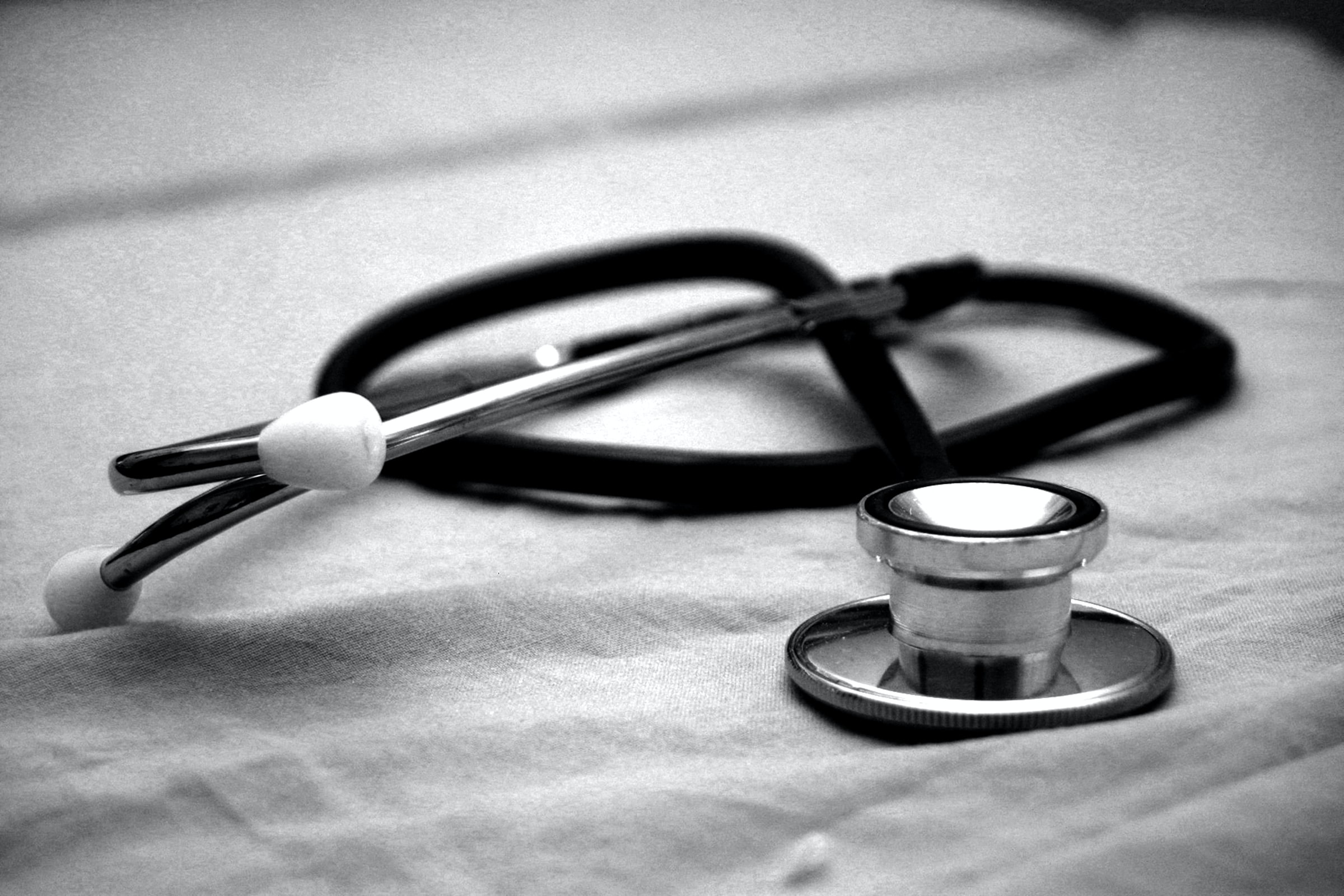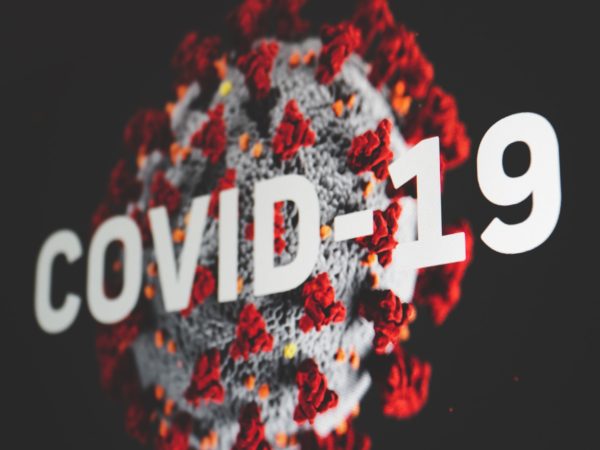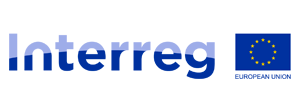“We need to adopt a more regional approach to the COVID-19 pandemic”, Prof. Liam Glynn
The wildest lands of Europe lie in the Northern-Periphery and Arctic area. They are also the least populated and most rugged, with landscapes that are as dramatically beautiful as they are challenging.
The Northern-Periphery and Arctic area is also home to Prof. Liam Glynn, a rural GP in Ballyvaughan, a village on the West Coast of Ireland. He works as a Professor of General Practice at the Graduate Entry Medical, University of Limerick.
He leads the clinical theme of the NPA COVID-19 Response Group, a newly formed group of experts who quickly got together to find a common answer to the pandemic, and who know each other because of previous experience in Northern Periphery and Arctic (NPA) projects.
He tells me about this initiative from his practice. The volume of work doesn’t deter him. His energetic way of speaking makes me believe that everything will be alright.
What is it like to work as a GP in rural Ireland?
It is a very beautiful place, but also very challenging in terms of delivery of healthcare. We look after about 8000 people who live in an area of about 600 sq kilometers, with a large elderly population and high levels of deprivation. The primary care team consists of 3 different general practice teams and a series of allied health care teams who work between the three hubs. We meet virtually every month, because of the distances involved.
How has COVID-19 changed your daily medical practice?
COVID-19 has changed a lot of things. 90% of our contacts are by video consultation or by phone. We have had to dramatically reduce the number of face-to-face contacts to limit risks. When we do see our patients, instead of shaking their hands and smiling we are geared in personal protective equipment (PPE). We have also set up 40 community assessment hubs where we see people who are COVID-19 positive or presumed positive and who are deteriorating in the community, and we decide if they need to go to hospital or if they can continue to be managed at home.
How has the exchange with other clinicians in the response group helped you in your daily practice?
We’ve been able to exchange experiences about public health approaches, but also about lots of clinical questions that we face daily, because the learning curve in terms of COVID-19 has been so incredibly steep. I am also really struck by stories of how communities have decided to take ownership of their own public health response. I see that in my own community here. Sharing those stories has been really informative and empowering in terms of being able to tell other clinical colleagues, “well, people in Norway, people in Sweden, people in Iceland are doing this and it’s working”. This helps a lot because, as COVID-19 didn’t exist before December, there are very few randomised control trials available to inform our decisions.
You have been reporting on the Irish cases of COVID-19 on a Twitter campaign, using #COVIDWATCH and #COVIDWATCHIRL. Where does this initiative come from?
People are hungry for good data. They want to know what is going on and that what they are doing is having a positive effect for themselves and for their community. We are also aware that we are asking people to do incredibly difficult things in terms of social and physical distancing. So our first purpose was to report fact, not fiction. We wanted to give people clear data about what was going on in Ireland, but also to do some inter-country comparisons so that people would know how we are doing compared to other countries. And finally, we wanted to try and drive that social change agenda that we feel is so important, because the battle is going to be won and lost in the community and with the actions of each and every individual. We felt that #COVIDWATCHIRL could contribute to driving that behavioural change process in a positive way.
With the NPA COVID-19 response group you want to extend this research to the entire Northern-Periphery and Arctic area. Why is it so important to gather data at this level?
My own view on this is that we need to adopt a more regional approach, because the experience of the pandemic has been very different in the rural and remote Northern and Periphery Arctic region to what it is in the highly-urbanised regions of all the countries involved. In some ways ours has been a better experience, because we’ve got lower levels of disease activity. But as a result of those lower levels of disease activity, we also have the risk that comes from lower levels of immunity. So there’s a benefit but there’s also a risk, and we have to bear this in mind as we open up restrictions. Also, the population profile in the NPA is generally much older, so we have many more people who are at risk and who are cocooning now. When they come back into society, it is important that the levels of COVID-19 disease activity are as low as possible, that we have literally “crushed the curve” so that society is as safe as possible for them and for the entire population. This will only happen if a highly efficient “test, trace and treat” chain is in operation in these regions. So it is absolutely essential that we start looking into these regions as individual regions and start adopting the public health response appropriate to them.
How do you plan to collect this data?
We are going to need funding. We are going to need access to national- and regional-specific data, but I think we have enough partners in the NPA COVID-19 response group to deliver on that. When speaking with partners I know that data is available. So that’s how we build the argument. We collect the data, we demonstrate ongoing disease activity, and then we build the argument for a regional approach. We have a long, winding road ahead of us, and to get safely to our destination we need to do things carefully, appropriately and in an informed way. And the way that we do this is with data, with good, up-to-date data based on a highly efficient testing and contact tracing system, enabled by technology. These are all things that are available to us, so it is a matter of getting people to collaborate.
Are we on time to collect the information that governments need in order to decide about the measures around COVID-19?
Absolutely. This is a marathon, not a sprint. The idea that we had restrictions and that we are now going to lift them and that everything is going to be okay is a misnomer. Data has never been more important than now, because as we lift restrictions we need to be able to calculate rapidly and accurately the reproduction rate for the virus at any given point in time and in any given region. It is this rate, from week to week, from day to day, that will decide whether it is appropriate to lift a restriction, and what effect it’s had when we do.
What is the timeframe for the delivery of results?
If the proper resources are put in place we could have high quality data within a week. But the whole strength of this project is the dynamic nature of the data collection, data presentation and data reporting, and the transparent and open nature of it. These are qualities that I feel very strongly about in the current context.
More about the NPA COVID-19 Response Group
You can read more about the NPA COVID-19 Response Group, including a dedicated call for action, in this article on the Northern Periphery and Arctic programme’s website. The group was established by Dr David Heaney, lead partner of several healthcare projects. Sadly, his mother in law, Pat Dowie, died on 21st April 2020 from COVID-19. The work of this group honours the victims of this pandemic.


